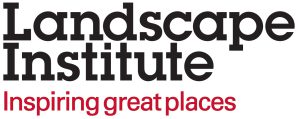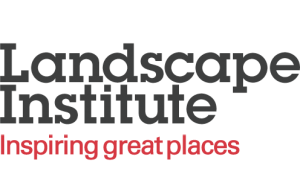Liz Evered discusses the challenges of working with a site that combines the legacy of Wren with views of Canary Wharf
Greenwich Museums are set in a historic Royal Park with astonishing views. On 7 September, delegates at Valuing Landscape Conference 2018 will join conference sponsor LUC on an inspiring site visit to the Royal Museums and the Greenwich Maritime Museum.
Tour host Liz Evered, Senior Landscape Architect at LUC, will discuss the challenges of working with a site that combines the legacy of Wren with views of Canary Wharf.
 Good landscape design serves as backdrop and setting for tourist sites, not merely focusing on creating new attractions in its own right. I think an important strength of a landscape designer is to be subtle and sensitive, to consider experience and detail and not just look for opportunities for large interventions and ‘big moves’.
Good landscape design serves as backdrop and setting for tourist sites, not merely focusing on creating new attractions in its own right. I think an important strength of a landscape designer is to be subtle and sensitive, to consider experience and detail and not just look for opportunities for large interventions and ‘big moves’.
Working in a context such as the Greenwich World Heritage Site makes you consider this closely. It’s not always about considering a location for a new sculpture / signpost / ice-cream stand. It’s often about de-cluttering – creating space and consistency to give purity to what might otherwise be a chaotic visitor experience to one of London’s top attractions.
Studying and analysing how people use the space reveals how a place can work harder to serve the visitors with simple spatial design and planning, rather than new and bold interventions. Observing how the vast expanse of ‘green desert’ at Greenwich was used encouraged us to suggest that hard landscaping could provide a space more fit for purpose in certain locations, and footpaths and entrances could be revised to improve footfall and circulation between the different buildings.
Our masterplan for the National Maritime Museum / Queen’s House site suggested ways to reveal the layers of history of the site through selective exposure of historic features (i.e. consideration of a Queen’s Garden for the Queen’s House). It was about strengthening identity for existing uses and enriching the visitor experience without a complete overhaul of the site arrangement and architecture.
At the same time, however, it was important to not let the history of the site be overbearing or constraining. Contemporary cultural identity is also a vital part of a site’s story, and a series of stakeholder workshops with National Maritime Museum staff helped pinpoint sticking points where aspirations had previously been quashed by a sense of overbearing historical constraints. (Such as the lack of water at a National Maritime Museum!)
The masterplan stage of work is a fantastic chance to consider key spatial relationships and uses of a site, and also the aspirations and spirit of a place, before getting started on the detail. A masterplan aims to be a shared image of an improved place, which unifies the intricacies and complexities of a site, giving a ‘whole’ that is greater than the sum of the parts.
Hopefully we have achieved that with our 15-year plan for Royal Museums Greenwich.
Find out more and book now to join LUC at #VLConf2018 on 7 September.





